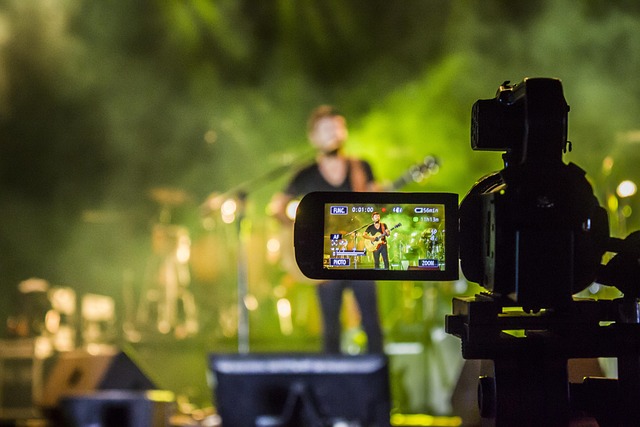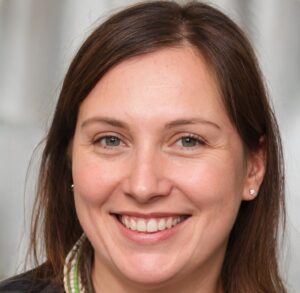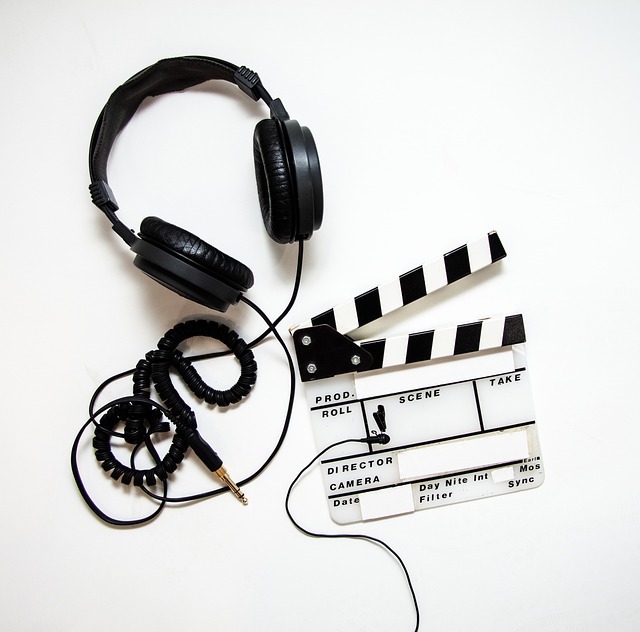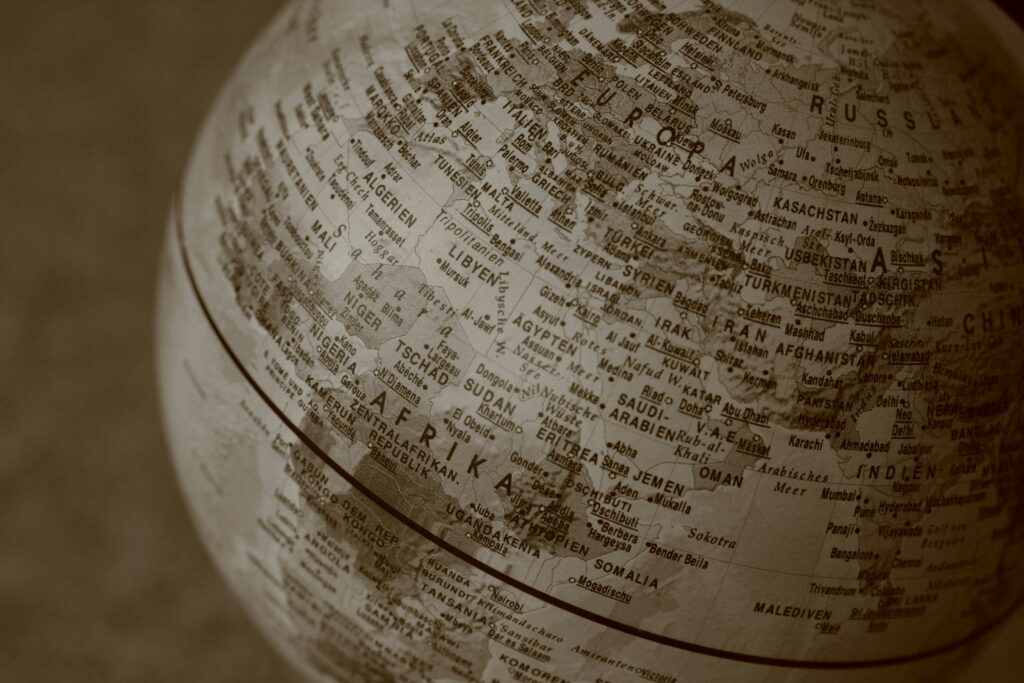Introduction: More Than Just What’s on Screen
Flip through streaming platforms today and it’s clear—people don’t just care about what’s on screen, they care about how it got there. Behind-the-scenes insights used to be bonus material. Now, they’re part of the main draw. Viewers want to know who wrote the lines, lit the scene, called the shots. They’re interested in how real the fake snow looked and why a certain camera angle hits so hard.
Production teams aren’t just background noise anymore. Writers, DPs, editors, production designers—these folks shape tone, pace, emotion. They make the difference between forgettable and iconic. The more audiences understand that, the more they use it to guide what they watch and where they invest their attention.
Modern media consumption isn’t passive. It’s curious. People are engaging with shows like fans, critics, and students. They’re watching the show—and they’re watching how the show was made. Understanding this helps explain some of the biggest shifts in TV and film today, from the rise of production-heavy social accounts to exploding interest in niche craft documentaries and commentary breakdowns.
Pre-Production: Where the Real Magic Begins
Before cameras roll, before the red carpets and global premieres, there’s the grind—the part few fans see, but every creator knows intimately. Pre-production is where an idea is stripped down, rebuilt, and finally shaped into a plan sturdy enough to carry a full-blown production.
It all starts with the script. Writing and storyboarding aren’t glamourous, but they’re the skeleton everything else hangs on. Every great scene, plot twist, or emotional beat usually began as chicken scratch in a Google Doc or a pinned-up storyboard in a writer’s room. It’s the slow grunt work of figuring out what story you’re really telling—and how visually that story will take shape.
Then comes casting. It’s more than just choosing a recognizable face. Chemistry tests between leads and supporting actors often make or break what you’re building. The goal isn’t perfection. It’s about finding the subtle, spark-like connections that can carry a show or film through entire seasons.
Finally, you get into logistics—the gritty end of creative planning. Budgeting isn’t sexy, but it governs everything. What can you afford to shoot practically, and what needs digital help? Scouting locations happens alongside pre-visualization—using software and tools to map out shots, lighting, and even edits before you even step on set.
This stage doesn’t win awards—but without it, nothing hits the screen.
On Set: Controlled Chaos
Film sets are machines built on moving parts. Every element—set design, lighting, camera placement, and crew dynamics—has to operate in-sync, every single day.
Set design is more than just décor. It’s storytelling through space. Whether it’s the showroom minimalism of “Succession” or the gritty urban clutter in “The Bear,” what surrounds the characters shapes how we read their world. Designers work months in advance, coordinating with production managers and location scouts to land spaces that fit both mood and budget. Sometimes it’s a constructed soundstage, sometimes it’s a closed-down diner in the middle of Jersey—but logistics always lead. Permits, lighting access, acoustic conditions—every location is chosen with a checklist in hand.
Cinematography locks in the show’s personality. A handheld camera gives “Euphoria” its restless intimacy; locked-off compositions lend shows like “The Crown” a sense of regal detachment. Directors of photography (DPs) don’t just point and shoot. They craft the frame like a painter—using lens depth, shadows, and movement to layer tension, warmth, or fear. Color palettes are intentional. So are hours of natural light. Nothing is casual.
Then there’s the clockwork on the daily. Directors lead the vision, but producers keep the train running. Assistant directors wrangle time and people. Gaffers get the light right. Script supervisors monitor continuity line by line. Everyone on set has a narrow lane and a sharp focus. And when things go wrong—and they do—it’s controlled chaos. Lost light, sound issues, gear breakdowns, delayed actors. The difference between failure and footage is a crew that knows how to pivot fast.
You see this precision play out in shows like “Stranger Things,” where 1980s nostalgia is embedded in set choices, color grading, and camera movement. Or “Top Gun: Maverick,” where location work and practical effects made the action punch 10x harder. In both, what looks effortless onscreen is the result of punishing behind-the-scenes discipline.
Storytelling may start on the page—but on set, it becomes something you can see, feel, and believe in.
Post-Production: Where Raw Footage Becomes Gold
Once the cameras stop rolling, the real alchemy begins. Post-production is the critical juncture where storytelling sharpens, emotions deepen, and raw footage transforms into polished narrative experiences. Every frame is reworked, refined, and elevated.
Finding the Rhythm: Cutting, Pacing, and Reshoots
The editing room is where stories are rewritten. Beyond trimming scenes, editors craft tone, tempo, and tension. Choices made here can make or break the emotional arc of a show or film.
- Cutting for clarity and flow: Editors remove redundancies and sharpen dialogue to keep the story moving.
- Pacing the narrative: Slow moments build drama; fast cuts generate excitement—each edit impacts how viewers feel.
- Reshoots as a tool: Occasionally, additional footage is needed to fix pacing issues or add a new story beat discovered in the edit.
The Sound Behind the Scene: Design, Scoring, and ADR
Sound breathes life into visual storytelling. A scene’s emotional weight often hinges on the synergy between music, effects, and dialogue.
- Sound design: From footsteps to futuristic soundscapes, sound designers build audio atmospheres that match the world on screen.
- Scoring: Composers create original music tailored to characters’ journeys and thematic shifts.
- ADR (Automated Dialogue Replacement): Actors re-record dialogue in studio to improve clarity or tweak performances for better delivery.
Visual Effects and CGI: Digital Realism at Scale
Modern productions blend practical and digital elements seamlessly. VFX artists sculpt entire worlds out of data, often working across continents in real-time.
- CGI integration: Whether it’s alien landscapes or subtle enhancements, digital effects carry weight in modern storytelling.
- Server-powered realism: High-resolution rendering demands vast computing power—post houses work with cloud servers and render farms to deliver results on deadline.
Color Grading: Tone, Mood, and Visual Cohesion
Grading is the silent mood-setter of any production. It balances visual tones and creates consistency across scenes and shots.
- Establishing a look: Whether it’s the bleak palette of dystopia or the golden warmth of nostalgia, color influences emotion.
- Unifying footage: Grading smooths out lighting inconsistencies and ties together scenes shot at different times or locations.
Post-production is more than a technical phase—it’s a storytelling stage. When done right, the audience never notices the magic. But they always feel it.
The Business Side: Deadlines, Pressure & Politics
Once the cameras stop rolling, the business machine kicks in. Studio involvement ramps up—especially when there’s real money on the line. Cuts are screened, tested, and picked apart in backrooms and crowded preview theaters. Feedback loops can be relentless. Audiences might not realize how much a test screening in Burbank or Berlin can reshape a scene, a subplot, or a character arc.
Marketing isn’t an afterthought anymore—it’s a parallel battle plan. Trailers are engineered for virality, not just clarity. Film festivals are now soft launches, market tests, and brand-builders all at once. Even a well-placed hashtag or a TikTok moment can decide whether a release floats or sinks.
And then there’s the global factor. Audiences in Seoul, São Paulo, and Stockholm aren’t just watching—they’re influencing. Scenes may get trimmed, dialogue re-dubbed, jokes rewritten, or endings swapped based on what hits or misses overseas. The reality is studios don’t just make content for one region anymore. International box office and streaming metrics are deeply entwined in final decisions.
Explore further how different markets are shaping media with Comparing International Market Trends.
The Hidden Workforce
When audiences think about the making of a film or TV show, attention often goes to the director, actors, or producers. But behind every frame is a vast network of professionals whose contributions are foundational yet frequently overlooked.
Beyond the Spotlight: The Essential Crew
Behind every polished scene are:
- Lighting experts, who sculpt mood and realism through carefully designed illumination
- Grips and gaffers, the hands-on team managing the physical equipment that makes complex shots possible
- Makeup artists and costume designers, who help define character and era through subtle visual details
- Editors, who reshape raw footage into dynamic narratives with rhythm and intention
These roles are not just technical—they’re deeply creative, shaping the aesthetic and story from every angle.
Union Roles and Labor Shifts
In recent years, more awareness has emerged around labor conditions in the entertainment industry. Unions like IATSE (International Alliance of Theatrical Stage Employees) advocate for the rights and safety of behind-the-scenes workers.
- Growing demands for fair wages and reasonable work hours
- Rising discourse around burnout and workplace culture on set
- Shifting power dynamics between studios and craftspeople thanks to collective bargaining
These labor movements speak to a broader cultural shift—valuing the work behind the work.
A Global and Diverse Talent Pool
The entertainment world is no longer U.S.-centric, and the behind-the-scenes workforce reflects this:
- International talent is driving innovation in post-production, VFX, and sound design
- More women and underrepresented groups are stepping into technical and creative leadership roles
- Collaborations between Hollywood and global production studios are creating new standards for storytelling and efficiency
As conversations about representation continue, it’s vital to extend that focus behind the camera—to those who make the magic happen without receiving marquee credit.
Recognizing this hidden workforce isn’t just a gesture of gratitude—it’s a necessary step in fully understanding what it takes to bring powerful stories to life.
Trends Reshaping Production Today
The way shows and movies get made has changed—and fast. Remote workflows, once an emergency fix during the pandemic, are now baked into production pipelines. Editors cut scenes from home. Directors give feedback over shared screens. Files move through the cloud instead of hard drives or bike couriers. It’s efficient, scalable, and cost-effective. The big win? Teams aren’t chained to geography anymore.
But the tech leap doesn’t stop there. Virtual production—using LED walls and game-engine rendering—has gone from novelty to norm. Think ‘The Mandalorian,’ where entire worlds were built in digital space, filmed in real-time. No more waiting for golden hour or flying to Iceland for two seconds of sky. This means tighter schedules, lower travel costs, and way more creative control.
Then there’s the green shift. Productions are starting to feel the pull of environmental responsibility. Practices like digital scripts, reduced on-set waste, and carbon-neutral shoots are trending up. Studios are talking emissions audits and offset plans. Why? Because audiences care—and so do younger creatives coming into the industry with climate on their minds.
Storytelling hasn’t changed. But the way we build the stories? That’s evolving. Fast.
Conclusion: It Takes a Village (and a Budget)
The spotlight tends to shine on the actors and directors—but the real engine of film and television runs beneath the surface. Behind every gripping moment on screen is an army of professionals doing quiet, essential work. Lighting techs bending shadows just right. Editors shaving a scene one frame at a time. Sound teams stitching silence and breath into suspense. Their stories rarely get told.
The truth is, storytelling is never a solo act. From costume designers to script supervisors, it’s a chain of collaboration that makes something feel whole. The end product is stronger when every part of the process gets the respect it deserves. That includes the people behind the camera, on the call sheets, and in the editing bays pulling all-nighters.
The push toward transparency in the industry matters. Not for publicity—but for appreciation. The more viewers understand how much thought and grind go into making their favorite stories, the more they value the craft. Shining some light behind the scenes doesn’t take away the magic. It actually deepens it.


 Syvanna Kelricsona, co-founder of mediatrailspot blends her expertise in design, user experience, and emerging technology to deliver impactful content. She is passionate about showing how innovation in web and mobile platforms shapes the future of communication and creativity.
Syvanna Kelricsona, co-founder of mediatrailspot blends her expertise in design, user experience, and emerging technology to deliver impactful content. She is passionate about showing how innovation in web and mobile platforms shapes the future of communication and creativity.

